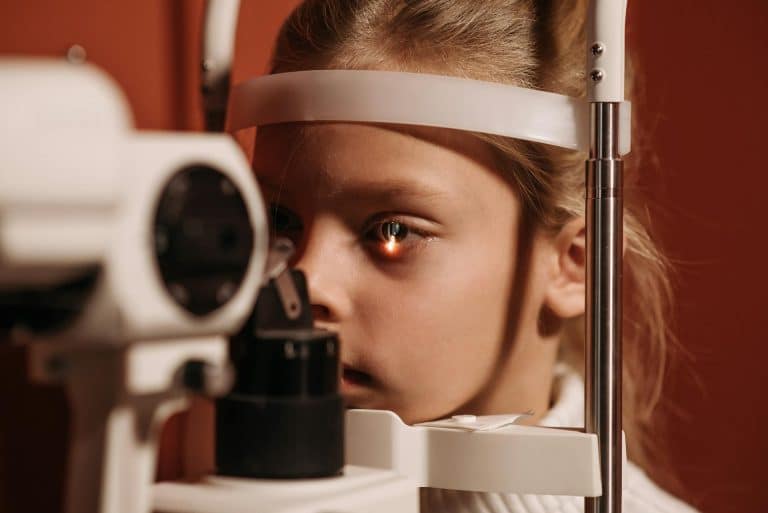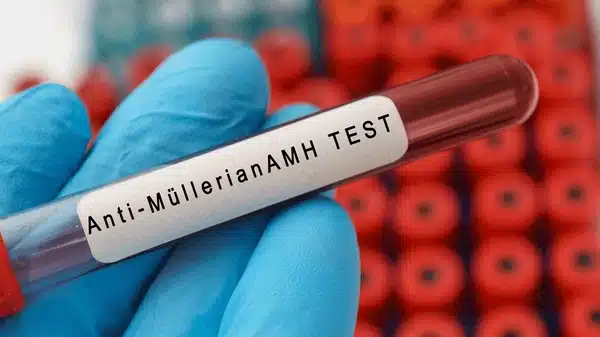Types of Eye Tests and Their Purposes
It should go without saying that good vision is essential for our everyday life, but it is amazing how many people in Australia take their eye health for granted.
Research from Optometry Australia revealed that over a third of the population do not get their eyes tested within the recommended timeframe of once every two years. Even more concerningly, some 13% admit to never having had their eyes tested before.
Having regular eye tests is vitally important because not only do they make sure your vision is at optimal levels but they also detect potential issues early and monitor your overall eye health.
If you’ve not had your eyes tested for a while, you might not be aware of how many different types of eye tests there are.
Well, in this post, we thought we’d enlighten you by highlighting the various types of eye tests you can get, and what their specific purposes are.
The Importance of Regular Eye Tests
Before we highlight some of the different tests, it’s worth reiterating why it is important to have regular eye tests performed by a company like 1001 Optometry.
Unfortunately, many eye conditions, such as glaucoma and early-stage age-related macular degeneration (AMD), may not present noticeable symptoms until significant damage has occurred.
While this can be happening to you without you knowing, regular eye tests give you the best opportunity to detect them early and receive the treatment you need.
Eye tests are particularly crucial for individuals with diabetes, a family history of eye disease, or those who experience symptoms such as frequent headaches, blurred vision, or difficulty seeing at night.
Again, early intervention for all these conditions can help you manage them more effectively and safeguard your vision for years to come.
Types of Eye Tests
If you do make an appointment to get your eyes checked, there are several tests you may have performed on yourself. They include the following:
1. Visual Acuity
The visual acuity test measures how clearly you can see at different distances.
It is one of the most common of all eye exams and typically involves reading letters from a Snellen chart – which features rows of letters in decreasing sizes.
If you struggle to read smaller letters, it may indicate that you need glasses or contact lenses to correct refractive errors such as myopia (short-sightedness), hyperopia (long-sightedness), or astigmatism.
2. Refraction Test
A refraction test is very important for those who need glasses or contact lenses. It is often conducted alongside a visual acuity test to determine the exact prescription required for corrective lenses.
When performing this, an optometrist uses a phoropter, which is a device that contains different lens options, to assess which one provides you with the clearest vision.
3. Slit Lamp Examination
A slit lamp examination provides a detailed view of the eye’s structures, which includes the cornea, iris, lens, and retina.
The optometrist uses a specialised microscope with a bright light to examine these areas closely and doing so helps to detect conditions such as cataracts, corneal ulcers, and dry eye syndrome.
It is especially necessary for individuals with diabetes, as it can identify diabetic eye disease in its early stages.
4. Retinal Examination (Ophthalmoscopy)
A retinal examination, is also known as ophthalmoscopy or fundoscopy and involves looking at the back of the eye, including the retina, optic nerve, and blood vessels.
This test is essential for detecting conditions such as diabetic retinopathy, macular degeneration, and hypertensive retinopathy, which can lead to vision loss if left untreated.
An optometrist may use an ophthalmoscope or a retinal camera to capture detailed images for them to examine.
5. Intraocular Pressure Test (Tonometry)
Tonometry measures the pressure inside the eye, which is known as intraocular pressure (IOP) and is usually administered when someone is experiencing high eye pressure, which is a key risk factor for glaucoma.
This condition can cause irreversible vision loss if not detected early and can be tested in different ways. One of the most popular is the non-contact “puff of air” test, while another is the Goldmann applanation tonometry, which involves applying a small amount of pressure to the eye using a tonometer.
If you have a family history of glaucoma or are over the age of 40, you will most likely have one.
6. Visual Field Test
A visual field test assesses peripheral (side) vision, and helps to detect blind spots or vision loss. It is essential for diagnosing glaucoma, as the disease often affects one’s peripheral vision first.
The test involves looking at a central point while responding to lights appearing in different areas of the field of vision. If areas of vision are missing, then it may indicate nerve damage or other underlying conditions.
7. Colour Vision Test
A colour vision test assesses an individual’s ability to differentiate between colours and is most often used to diagnose colour blindness.
The Ishihara test, which consists of images made up of coloured dots forming numbers or patterns, is commonly used.
Colour blindness is a condition that affects the perception of certain colours, usually red and green. While it is typically genetic, this test can also help identify colour vision issues that are caused by eye diseases or medication side effects.








